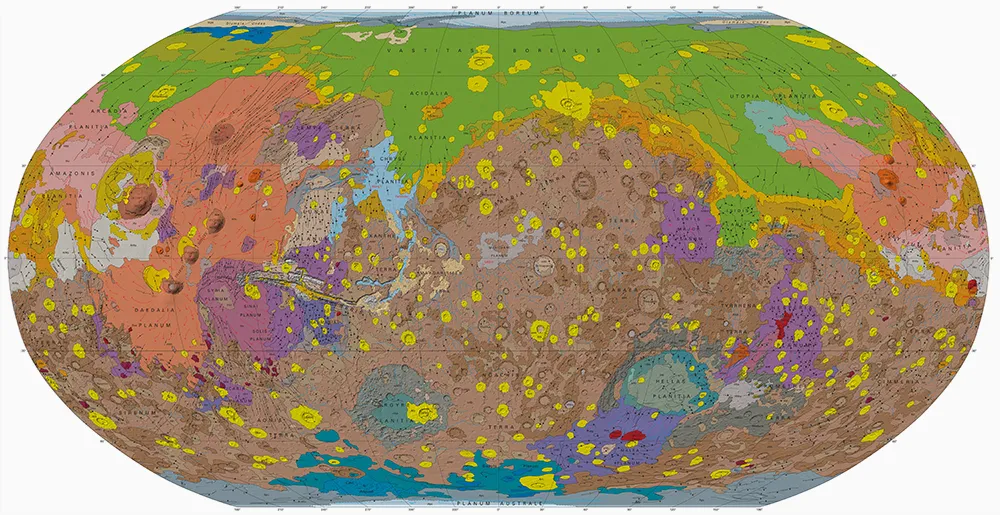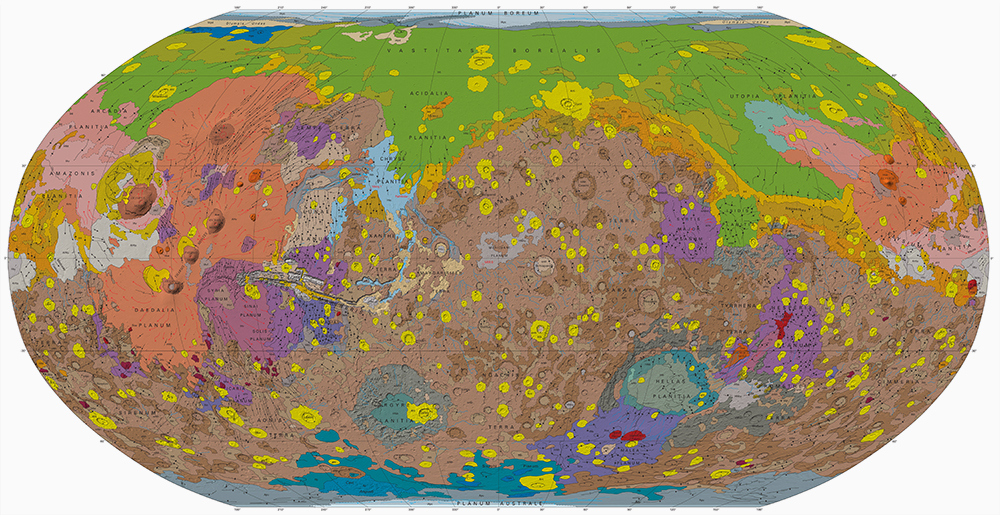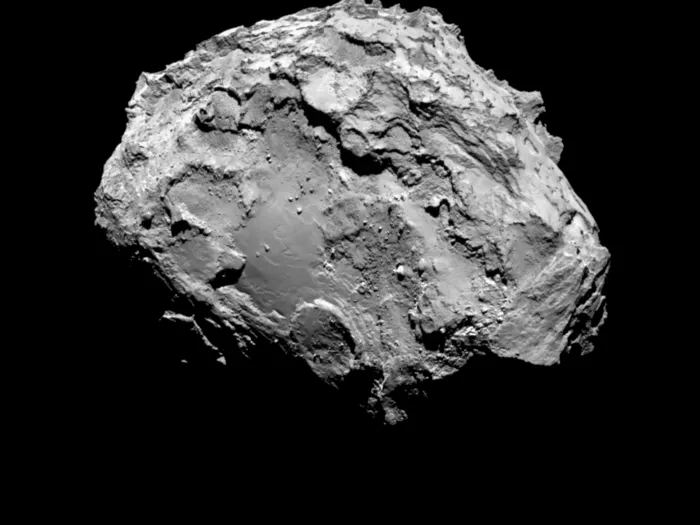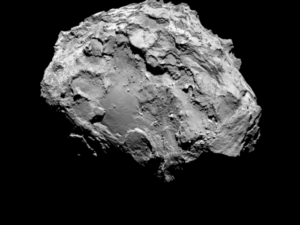
Want to know where to dig in Mars?
Here you go! USGS has released their latest, most beautiful geologic maps of Mars, thanks to 16 years of continous data collection! Though this planet doesn’t quite look habitable, it is the only other planet that falls within sun’s habitable zone. Humans have been studying the red planet for centuries. US missions to Mars starting from Mariner and Viking to the recent ones such as Mars Express have shed a lot of light on the geologic composition.
You can download the original map here.
Map description:
“This global geologic map, which records the distribution of geologic units and landforms on the planet’s surface through time, is based on unprecedented variety, quality, and quantity of remotely sensed data acquired since the Viking Orbiters. These data have provided morphologic, topographic, spectral, thermophysical, radar sounding, and other observations for integration, analysis, and interpretation in support of geologic mapping. In particular, the precise topographic mapping now available has enabled consistent morphologic portrayal of the surface for global mapping (whereas previously used visual-range image bases were less effective, because they combined morphologic and albedo information and, locally, atmospheric haze). Also, thermal infrared image bases used for this map tended to be less affected by atmospheric haze and thus are reliable for analysis of surface morphology and texture at even higher resolution than the topographic products.”
Findings from the new map will enable scientists and researchers to identify future landing sites.
Did you like this post? Read more and subscribe to our monthly newsletter!







